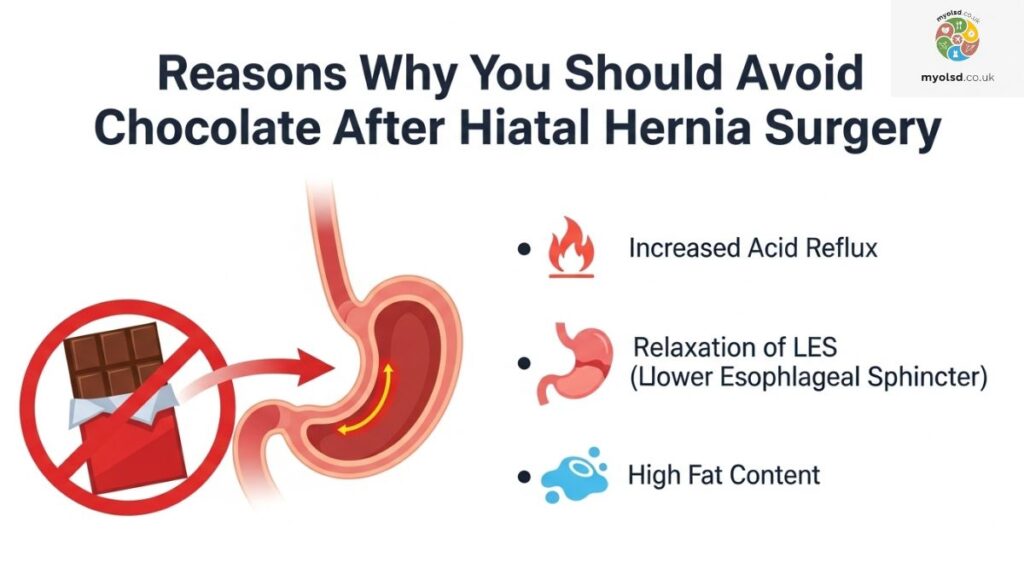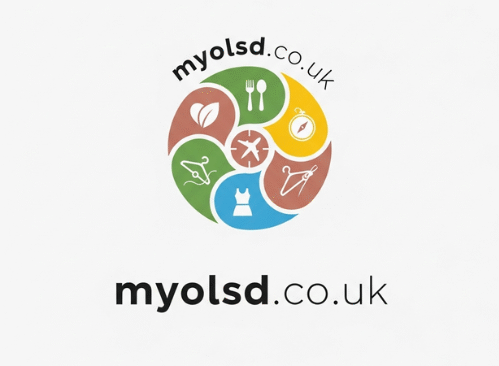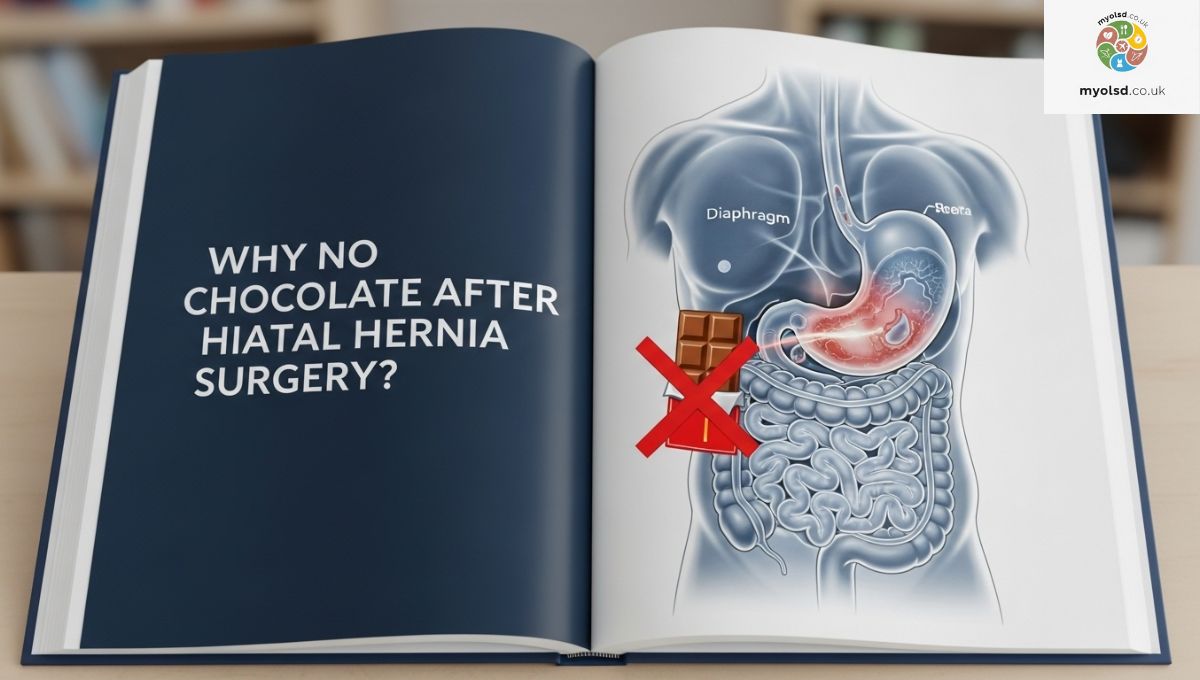If you’ve just had a hiatal hernia surgery, you’re probably being extra careful with what you eat. But when your doctor says no chocolate, it can feel confusing and even a little unfair. Chocolate is such a comforting treat, and now you’re wondering why it’s suddenly off-limits. If you’ve been searching for why no chocolate after hiatal hernia surgery, you’re not alone.
This blog will break down exactly why doctors recommend avoiding chocolate after hiatal hernia surgery. You’ll learn how chocolate affects your healing, what could happen if you eat it too soon, and some tasty alternatives to satisfy your sweet cravings. By the end, you’ll have clear answers and practical tips to help you recover smoothly without feeling deprived.
Reasons Why You Should Avoid Chocolate After Hiatal Hernia Surgery

The first weeks after hiatal hernia surgery are a critical time for healing. Your surgeon has repaired a weakened area where part of the stomach pushed through the diaphragm, and your digestive system needs a gentle recovery diet. Chocolate, especially dark or milk chocolate, can disrupt that process because of what it contains.
One major factor is fat. Chocolate is high in lipids, which are harder to digest and stimulate more stomach acid production. After surgery, your stomach and esophagus are sensitive, and extra acid can trigger reflux symptoms, heartburn, or even mild chest pressure. The caffeine and theobromine compounds in chocolate further stimulate the digestive system, increasing the risk of discomfort, bloating, or loose stools. These effects aren’t just annoying; they can actually slow down your healing.
Another issue is sugar content. Chocolate, especially milk varieties, contains high sugar levels. Excess sugar can worsen inflammation and lead to stool consistency changes that irritate the surgical site. This is why dietitians emphasize healthy foods that support healing instead of irritants that may cause swelling problems, gastric reflux, or surgical site irritation. Even small amounts of chocolate can make your digestive system work harder than it should during this sensitive period.
Allergic reactions and sensitivities also play a role. Chocolate products often contain milk or nuts, which can cause allergic sensitivity or mild inflammation in some people. This inflammation can stress tissue already trying to heal. Your surgeon may also warn about lower esophageal sphincter relaxation, a phenomenon where high-fat foods weaken the barrier between the stomach and esophagus, making reflux worse. Combined, these factors explain why no chocolate after hiatal hernia surgery is one of the most common pieces of aftercare advice.
Read more Areticle:Why Do My Ankles Hurt When I Wake Up?
Till When Should You Avoid Chocolate?

The good news is that the no chocolate rule isn’t forever. Most patients only need to follow strict dietary restrictions for the first few weeks after surgery. This early recovery phase allows your surgical repair to stabilize and reduces the chance of complications like retching, vomiting, or delayed healing. During this time, doctors typically recommend soft foods transition plans, gentle nutrition, and small, frequent meals to keep pressure off the surgical site.
However, the exact timing depends on your individual healing process. Some people can slowly reintroduce small amounts of chocolate after 4 to 6 weeks under their doctor’s supervision, while others may need to wait longer. If you had additional procedures such as fundoplication, mesh reinforcement, or a magnetic sphincter augmentation, your esophagus might be more sensitive, and the restriction may extend. Always follow your surgeon’s personalized dietary recommendations. They’re based on your body’s needs, the type of repair performed, and how well your recovery is progressing.
Listening to your body also matters. Even after you get the “okay” from your healthcare team, reintroduce chocolate gradually and watch for reflux symptoms, stomach pain, or stool changes. If you notice any discomfort, hold off and try again later. In the meantime, focus on nutrient-dense foods that support healing low-fat milk, plain yogurt, herbal teas like chamomile or ginger, and soft fruit purees are gentle on the stomach and can help reduce inflammation. This patient-centered approach is what Texas Hernia Specialists and other top clinics recommend to maintain hiatal hernia repair integrity during recovery.
What Else Can You Have To Manage Sweet Cravings?

Just because you’re avoiding chocolate doesn’t mean your taste buds have to suffer. In fact, this period of hiatal hernia surgery recovery is a great opportunity to discover new, healthier treats. For example, fruit-based desserts like baked apples, stewed pears, or banana alternatives blended into smoothies can give you natural sweetness without irritating your digestive system. These options are gentle on the stomach, reduce reflux risk, and still satisfy your cravings.
Low-fat or Greek yogurt is another excellent choice. You can add mild flavorings such as honey or pureed fruit for a creamy, protein-rich snack that’s easy on the esophagus. Sugar-free puddings or rice pudding custard can also work, especially if you’re transitioning from a liquid diet to soft foods. Frozen fruit popsicles, herbal teas, or mild Jell-O treats offer refreshing alternatives that are lower in fat and free from caffeine and theobromine.
Nuts and dried fruits can be enjoyed in small amounts once you’re cleared for more solid foods, but pay attention to portion sizes to avoid abdominal strain. Dark chocolate substitutes sweetened with stevia or erythritol may be an option later in your recovery, but only under the moderation advice from your doctor. By experimenting with these alternatives, you’ll not only curb your sweet cravings but also support healing with foods rich in protein, vitamins, and minerals. This aligns with a comprehensive healing plan and keeps your post-operative discomfort to a minimum.
Ultimately, the goal is to choose foods that are gentle on your stomach, support tissue repair, and avoid heartburn triggers. Simple strategies like chewing slowly, elevating the head of your bed after meals, and practicing stress management techniques such as meditation or gentle breathing can further reduce reflux symptoms. Together, these habits help you feel better, recover faster, and make the no-chocolate period easier to handle.
Wrapping It Up

Being told to avoid your favorite treat can feel frustrating, but there’s a real science-backed reason for it. High fat content, caffeine, theobromine, and sugar in chocolate can all lead to acid production, stomach pressure, and delayed healing. By understanding why no chocolate after hiatal hernia surgery is recommended, you’re taking an active role in your recovery and giving your body the best environment to heal.
Remember, this is a temporary restriction, not a lifelong sentence. Use the time to explore sweet treat alternatives that are gentle, nutritious, and satisfying. With your doctor’s guidance, you’ll eventually be able to enjoy chocolate again, and in the meantime, you’ll discover new favorites that support your holistic healing journey.
FAQS
How long after hiatal hernia surgery can I eat chocolate?
You can usually reintroduce chocolate after 4 to 6 weeks, but only with your doctor’s approval.
What foods should you avoid after hiatal hernia surgery?
Avoid high-fat, spicy, acidic, carbonated, and caffeinated foods that can trigger reflux or slow healing.
Can I eat scrambled eggs after hiatal hernia surgery?
Yes, soft scrambled eggs are generally safe and easy to digest after hiatal hernia surgery.
Can chocolate affect a hiatal hernia?
Yes, chocolate can worsen reflux and irritate the esophagus, making symptoms of a hiatal hernia worse.
Is chocolate bad after surgery?
Yes, chocolate’s fat, caffeine, and sugar can slow healing and increase digestive discomfort after surgery.
Are sweets bad for a hiatal hernia?
Yes, many sweets are high in sugar and fat, which can trigger reflux and delay recovery.


1 thought on “Why No Chocolate After Hiatal Hernia Surgery?”